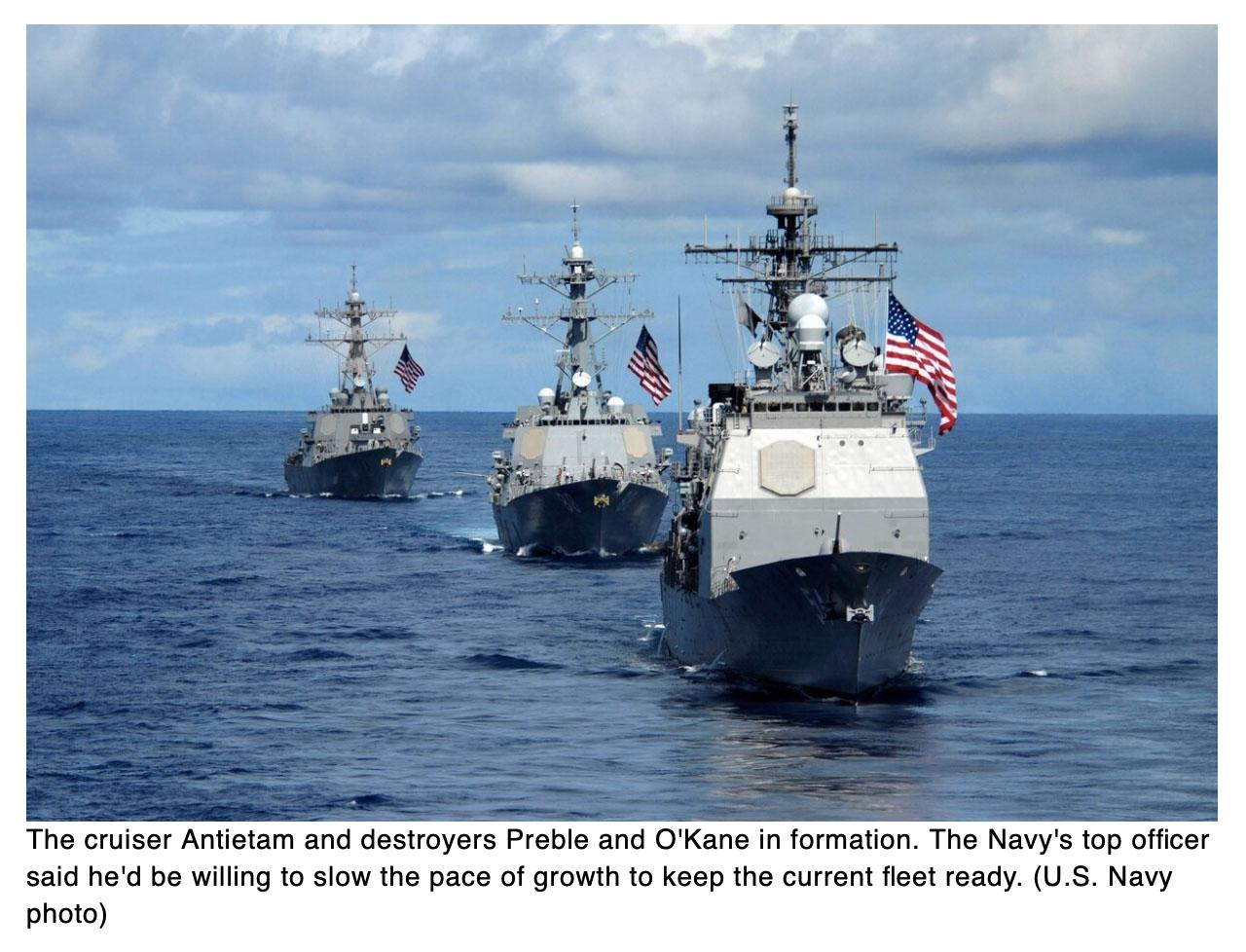
Thanks to the COVID-19 pandemic, the majority of the Antietam crew and the embarked air detachment from Helicopter Maritime Strike Squadron 77 had to remain aboard the ship during the deployment in the 7th Fleet’s area of operation. Only a few pier-restricted port visits were authorized in an attempt to boost the ability of the crew to rest, the Navy said.
And because the Antietam got underway in February, the vessel was forced to adapt early on to changes resulting from the pandemic.
“Since we were already underway at the start [of the pandemic], we set a lot of standards in preventing COVID-19 at sea,” Hospital Corpsman 2nd Class Nico Watt, a member of Antietam’s medical staff, said in a Navy news release. “We were the first to run an underway quarantine and MEDEVAC as a training scenario.”
For the bulk of the deployment, the Antietam sailed alongside the aircraft carrier Ronald Reagan from May to October and was involved in operations in the South China Sea, East China Sea and Indian Ocean. Additionally, the Antietam was involved in dual-carrier exercises conducted with the Reagan and the aircraft carrier Nimitz and its strike group this summer.
Likewise, it was one of multiple Navy vessels participating in the Valiant Shield exercise in the Philippine Sea in September and was involved in sinking the decommissioned guided-missile frigate Curts off the coast of Guam. The vessel also completed a Tomahawk Land Attack Missile strike scenario during the exercise.
A day before Valiant Shield wrapped up, the Antietam suffered a small fire that resulted in minor injuries for 13 sailors. However, the Navy said that there was no damage to engineering equipment and that the ship remained fully operational.
“Antietam’s success in this demanding operating environment and during deployment is attributed to my Sailors doing the right thing every day,” Capt. Russell Caldwell, commanding officer of the Antietam, said in a Navy news release. “They never lost focus on the accomplishment of the mission.”
“For 260 days of COVID-free bubble operations, Antietam’s Sailors performed with honor, courage and commitment,” Caldwell said. “I cannot be more proud and it was my privilege to lead and serve alongside each and every one of them.”
The deployment wrapped up with the Antietam conducting independent operations in the East China Sea in October before returning to Yokosuka on Tuesday. Altogether, the Antietam sailed 60,000 nautical miles while at sea.
The Antietam is one of several Navy ships that has completed nine-month long deployments during the COVID-19 pandemic. For example, the Arleigh Burke-class guided-missile destroyer Stout returned to its homeport of Norfolk, Virginia in Oct. after starting its deployment in January and racking up a total of 215 consecutive days at sea — a record number for the Navy.
While the Antietam and its roughly 300-sailor crew were deployed for 260 day, the several port visits conducted meant it did not set a new record for consecutive days at sea.
The long deployments have stemmed from policies the Navy has implemented to mitigate the spread of COVID-19 by creating a “COVID-free bubble.” In addition to extended periods of time at sea, the pandemic has also required sailors to quarantine ahead of their deployments.
Even so, more than 190 Navy vessels have suffered COVID outbreaks, according to Chief of Naval Operations Adm. Mike Gilday. However, “aggressive early action” has mitigated the spread of many of those outbreaks, he said in a message to the fleet in September.